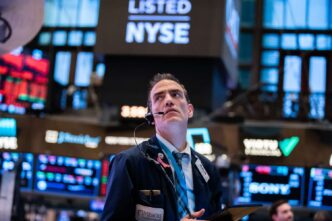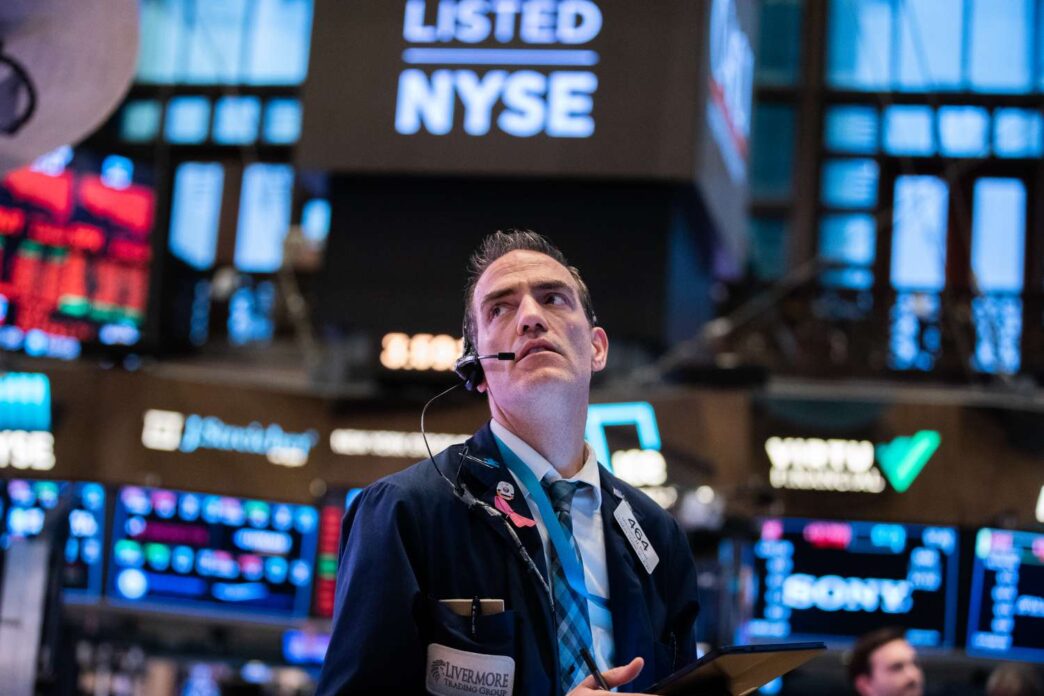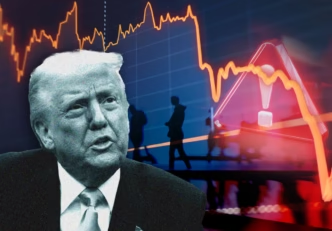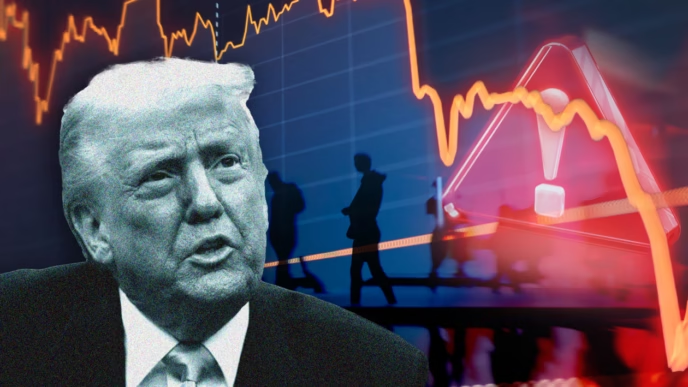European investors are embarking on a significant process of rebalancing their portfolios, potentially signaling a shift that could pose challenges for US markets.
For years, portfolios, both retail and institutional, have been heavily invested in US stocks, making it difficult for European investors to decouple themselves. This overexposure to the US has led some to believe that recent outperformance in European stocks is a temporary trend. However, others see it as the beginning of a longer and potentially painful rebalancing for the US, a view I strongly lean toward.
It’s no secret that institutional investors widely believed the US would continue to dominate the global stock market into 2025. However, this prediction has proven misguided. The pro-growth, low-tax, and deregulation policies promoted during Donald Trump’s second presidency have lost momentum, with concerns about recession and stagflation now taking center stage. Additionally, trade tariffs and government cuts to federal jobs are eroding confidence among both corporations and consumers.
One of the most striking elements in the current climate is the deepening divide between the US and its European allies, which has caught investors off guard. Remarks from US political figures, including Vice President JD Vance, have created tensions, and European investors have responded with growing dissatisfaction.
The market reactions are already apparent. The US dollar is losing ground, and European markets are outperforming. This marks an unusual shift, as Germany’s Dax index has only outperformed the S&P 500 twice in the last decade. Analysts note that, at the current pace, 2025 could see the strongest outperformance of the Dax since 1960. Similarly, the dollar’s struggles are noteworthy, as it has dropped further at this point in the year only six times since 1969.
Despite this, analysts at Barclays warn against overreacting to the rush of money flowing into European-focused funds. They caution that while the inflows are significant, they may not sustain at this level. Furthermore, while fiscal stimulus in Germany suggests potential for stronger European growth, Trump’s ongoing trade tariffs could counterbalance that progress, creating a “tug of war” that may make it premature to declare the end of US dominance.
The trend toward European exceptionalism remains nascent, and the entrenched dominance of US assets continues to shape the financial system. Data from the Federal Reserve shows that European investors held approximately $9 trillion in US stocks at the end of 2024—roughly 17% of the US market’s total value, which is nearly equal to the market capitalization of all European equities.
This massive overallocation to US stocks has not happened by chance. Historically, US investments have outperformed the rest of the world. Paul Marsh, a finance expert at London Business School, notes that a dollar invested in the US at the start of the 20th century grew to $899 by the century’s end, while the same dollar invested globally would have been worth just $119. Similarly, from 2000 to 2024, a dollar invested in the US grew to $3.28, while a global investment only reached $1.63.
This historical trend has made it difficult for investors to avoid US exposure. By the end of last year, 10 stocks accounted for nearly a quarter of the total global market capitalization, nine of which were from the US. The US represents 64% of the global stock market value, and 73% of developed markets. Investors following global indices like the MSCI Global are essentially making a massive positive bet on the US.
However, experts like Marsh argue that the US’s dominance must now be priced in. “It’s not that the US will stop being a dominant market or a hugely entrepreneurial country,” Marsh explained. “It’s just that all of that has to be reflected in the price.”
Global investors are now beginning to realize that their heavy exposure to the US may not be as prudent as it once seemed. While rebalancing away from US assets was uncomfortable before Trump’s second term, it now feels like a necessary risk management move. If Europe and other global markets scale back their investments in the US, it could lead to trillions of dollars flowing out of the country. The key question is whether global markets will be able to absorb that influx of capital. As Trump himself once said, “Have fun!”














